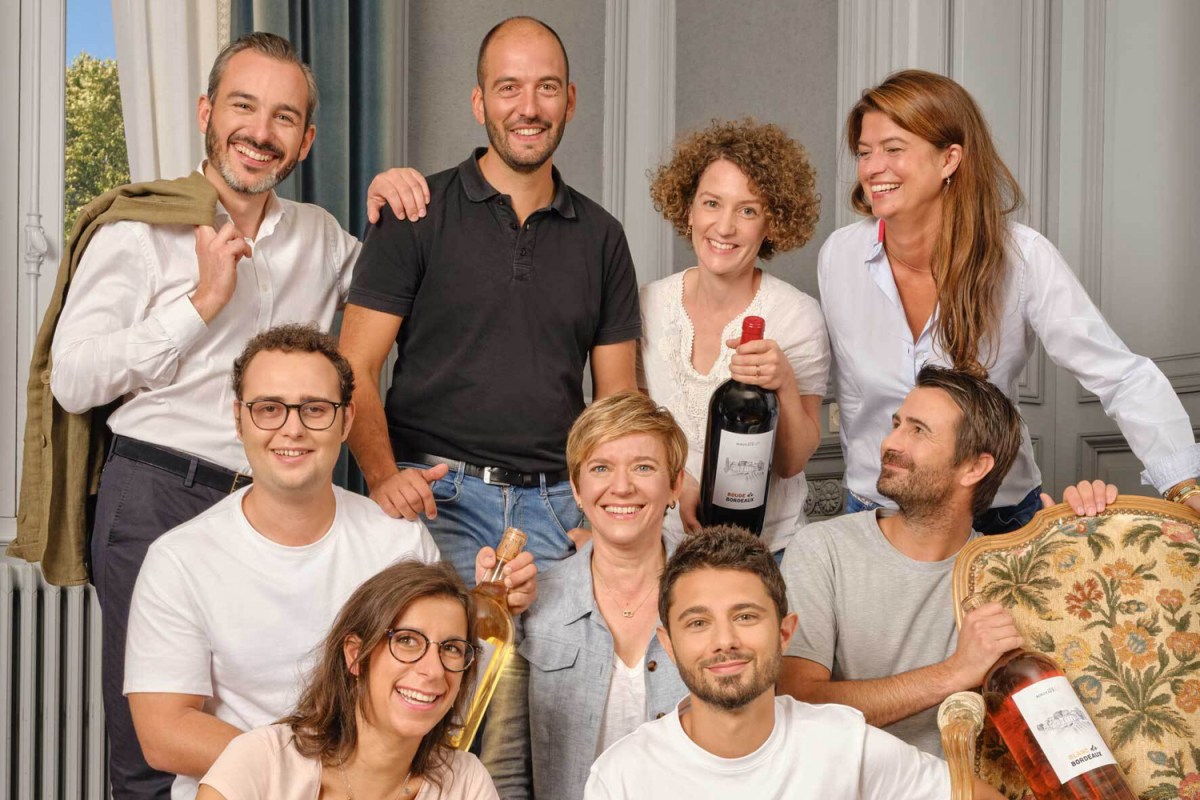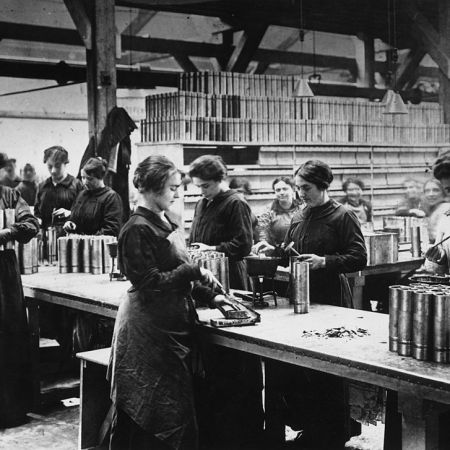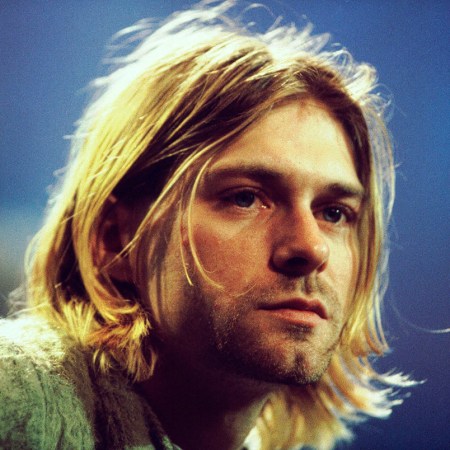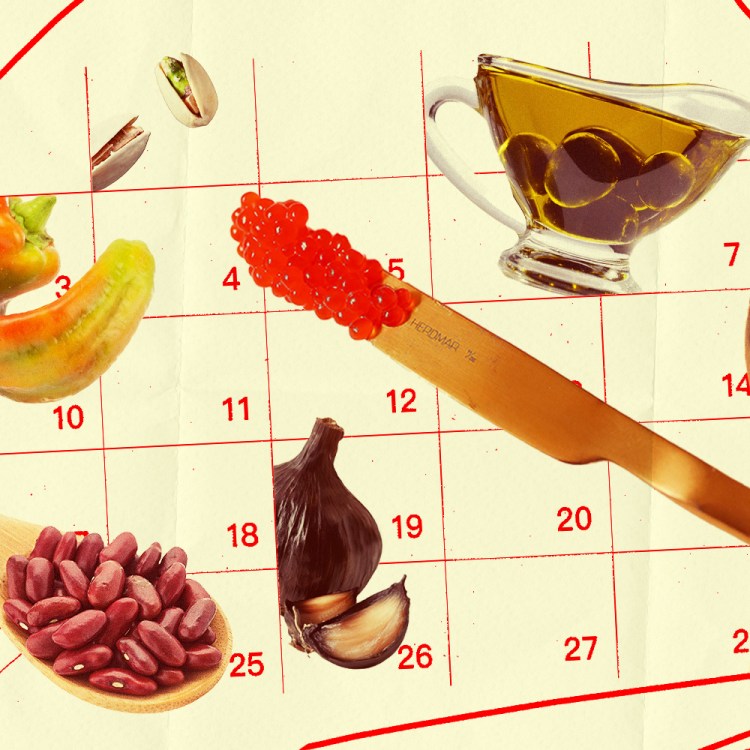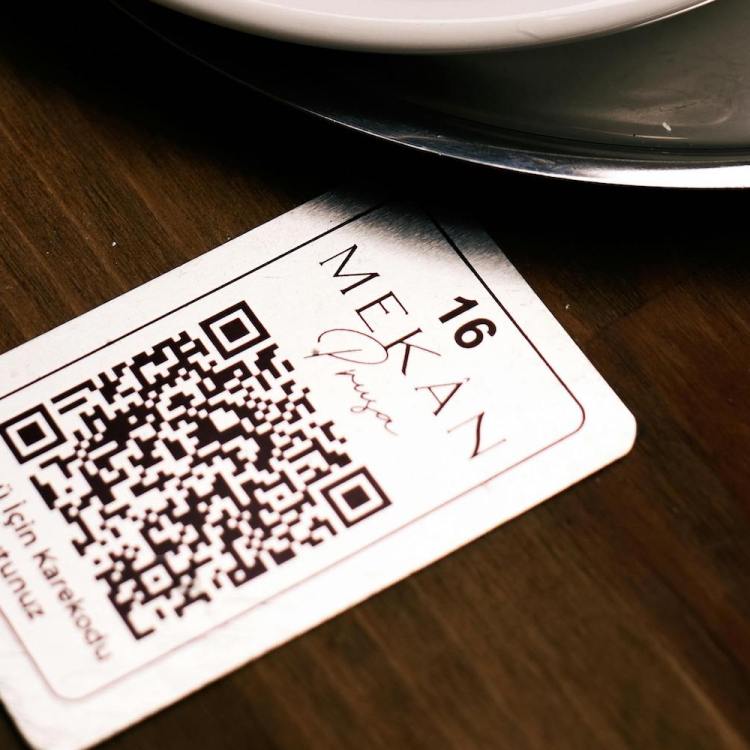In partnership with Vins de Bordeaux
Located in southwestern France, Bordeaux is one of the oldest and most storied winemaking regions on earth — its vineyards are rumored to have been first planted almost two thousand years ago, and today the region produces almost a billion bottles of wine a year.
Bordeaux’s reputation as a benchmark of quality in the winemaking world stems from the region’s legendary terroir and excellent climate for growing a wide array of different grape varietals (Bordeaux produces some of the world’s most esteemed blends), as well as the countless generations of talented winemakers who have continued to hone their craft and pass techniques down to those who carry on Bordeaux’s tradition of excellence.
Bordeaux currently boasts a dedicated and talented new generation of winemakers who are combining a respect for that tradition with a desire to shape the region’s coming years on their own terms. New ideas, new philosophies, new ways to manage their estates and a concerted focus on sustainability in the face of climate change are shaping the way forward.
We chatted with several of Bordeaux’s next-gen movers and shakers to get a sense of how their forward-thinking approaches are bringing a fresh take to such a historic region.
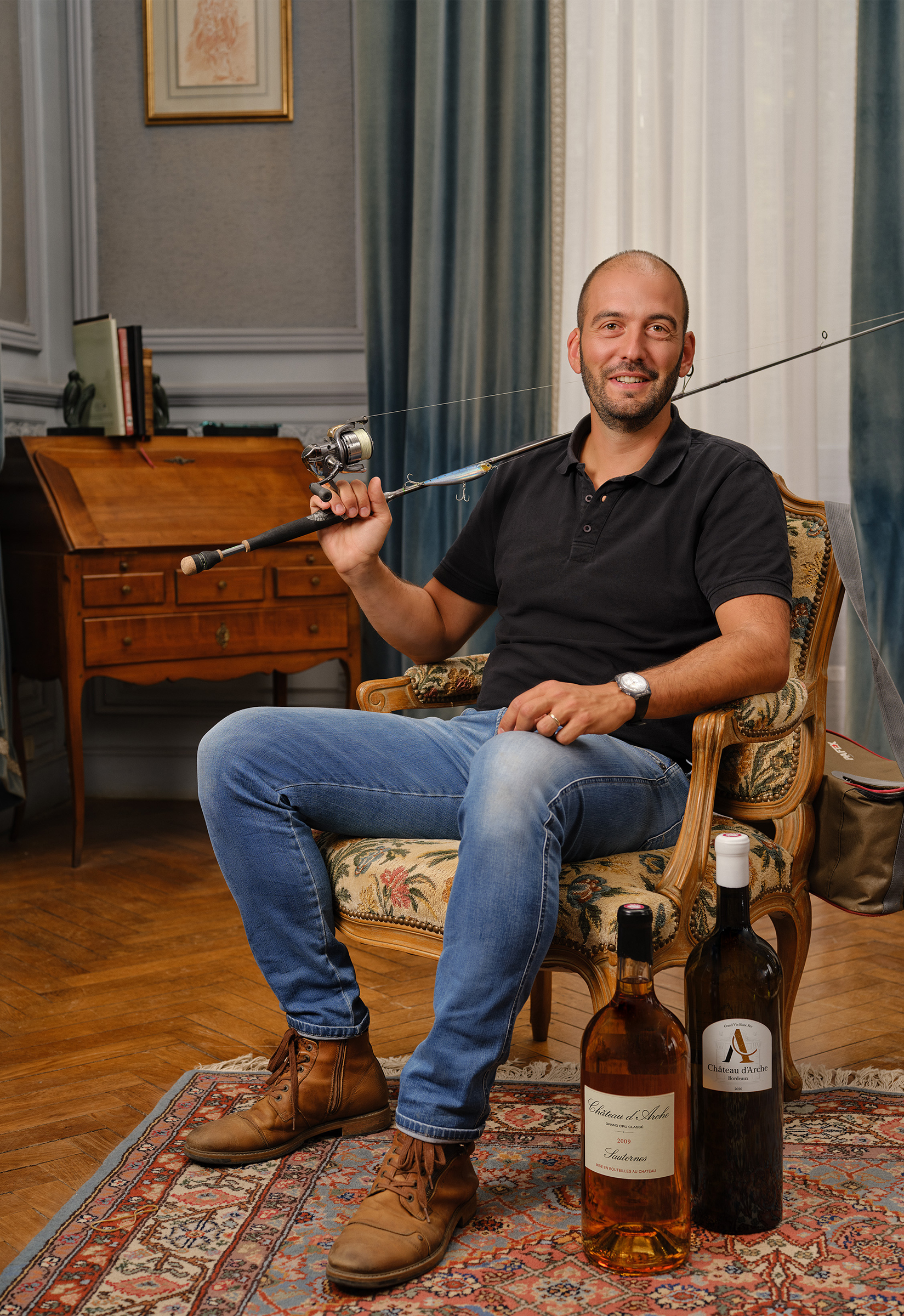
Matthieu Arroyo, 39 – Winemaker, Château d’Arche
Why did you decide to pursue a career in wine and how did you get your start in the industry?
During my studies, I wanted to find a career that combined chemistry, nature and wine. So I choose oenology.
What do you think are some of the biggest strengths the Next Generation brings to the wine world?
The Next Generation brings a more global view —we are aware of the economic and climate issues not only in Bordeaux, but all over the world.
What are some of your favorite food & Bordeaux wine pairings?
I love Sauternes with ris de veau (calf sweetbreads). Also, dry white wine with oysters.
Are there any technological advancements that you’re using in winemaking?
We are actually trying a “wineglobe,” which is a glass barrel that could result in less sulfites in our Sauternes. We are looking forward to seeing the results!
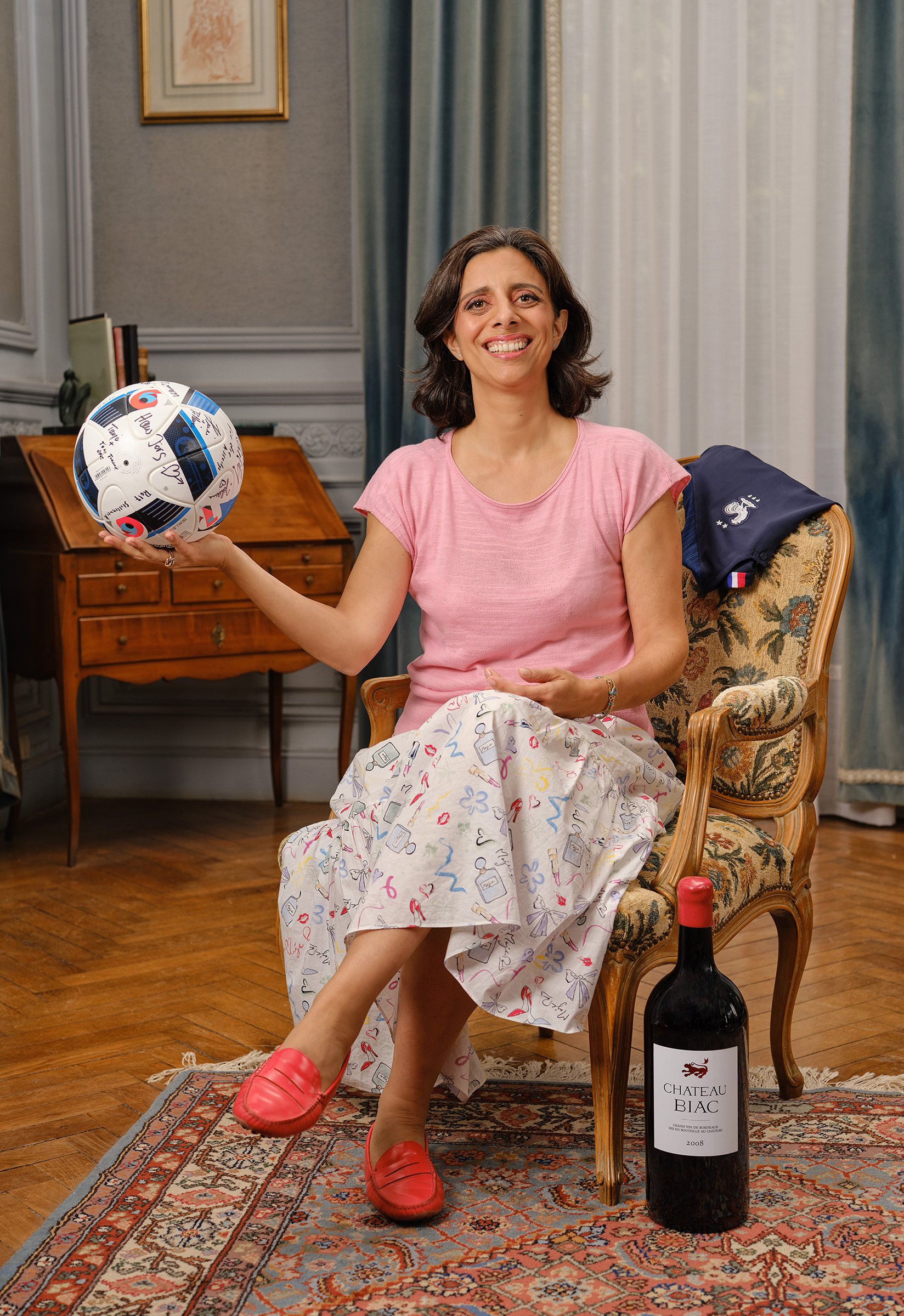
Yasmina Asseily, 42 – Sales Director, Château Biac
Why did you decide to pursue a career in wine and how did you get your start in the industry?
Growing up, we used to spend our family holidays in Bordeaux because my parents wanted to be able to drive to their destination to avoid issues with air traffic controllers going on strike during the war in Lebanon! They loved drinking Bordeaux wines and so we spent a good 15 years coming to Bordeaux where we made many friends. Over the years I was able to help some of them at wine tastings in London.
My parents bought Biac in 2006 and, having discovered that the terroir was unique for this area of Bordeaux, they gut-renovated the winery and restructured the vineyard so that Biac could produce a wine reflecting the quality of the soil. By the time they started to market the wines in 2011, I had just finished studying naturopathy nutrition and I realized that it was much more fun to sell wine than to prohibit it! It also meant I could then offer up my detox services! Jokes aside, what I love about this industry is that we meet many people from very diverse backgrounds, all brought together by the sheer love of wine, food and life.
Tell us something wine drinkers would be surprised to learn about Bordeaux’s legacy.
Do you know why the base bottle is 750ml in wine? It is because the English were the best consumers of French wines during the 19th century, and the measurement in England was the imperial gallon. To avoid complicated conversions, it was agreed that wine would be transported in 225L barrels which is the equivalent of 50 gallons …1 gallon was 6 bottles of 750ml so to facilitate sales the 750ml bottle became a global standard.
How do you see the region of Bordeaux changing in the next decade?
It is difficult to tell now with Covid impeding travel. I think there will be lots of young professionals who might well be interested in living here, as the quality of life is very high — and with many people now moving to the countryside or looking to work more from home, it is a great option. You have the sea, the vineyards, and the mountains not too far away!
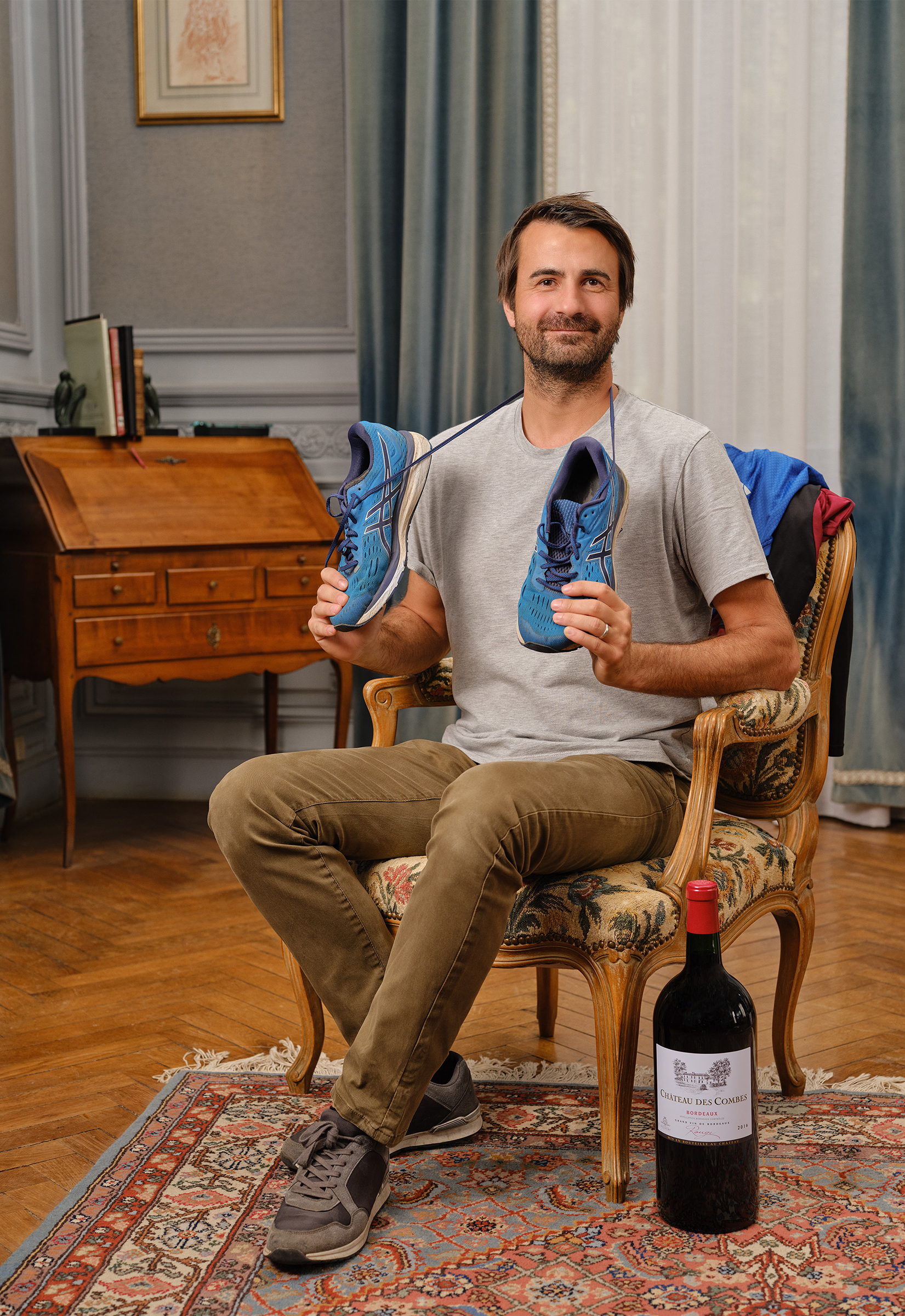
Jonathan Ducourt, 38 – Owner and Winemaker, Ducourt Family Winery
What do you think are some of the biggest strengths the Next Generation brings to the wine world?
Going off the beaten path, innovating with new wines and new distribution channels. Being more attentive to what our customers like and want. Connecting with the entire world with the help of social media.
Tell us something wine drinkers would be surprised to learn about Bordeaux and the large-format wines you produce there.
We ship more than 20,000 cases every year to the U.S. from our winery that retail for $15 or less (per bottle). Bordeaux does not have to be expensive to be good!
What are some of the challenges you see the region facing in the next few years?
As a winegrower we have to think long term. I think our biggest challenge is to find the best grape varietals and the blends for Bordeaux in the coming years. We also have to grow with minimum environmental impact and especially minimum spraying. We are currently experimenting with four new varietals. One red called Cabernet Jura and three whites: Sauvignac, Souvigner Gris and Muscaris.
During a visit to a friend’s home in 2013, my brother Jérémy (a winemaker in Languedoc-Roussillon) discovered naturally disease-resistant grape varieties. Enthused by the idea of developing wines that would be more respectful to the environment, he convinced us to plant the very first vineyards of this kind in Bordeaux. The result in the vineyard is 80-90% less spraying during the growing season. We only use organic products. We’ve won several prestigious international competitions in recent vintages — it seems to be working!
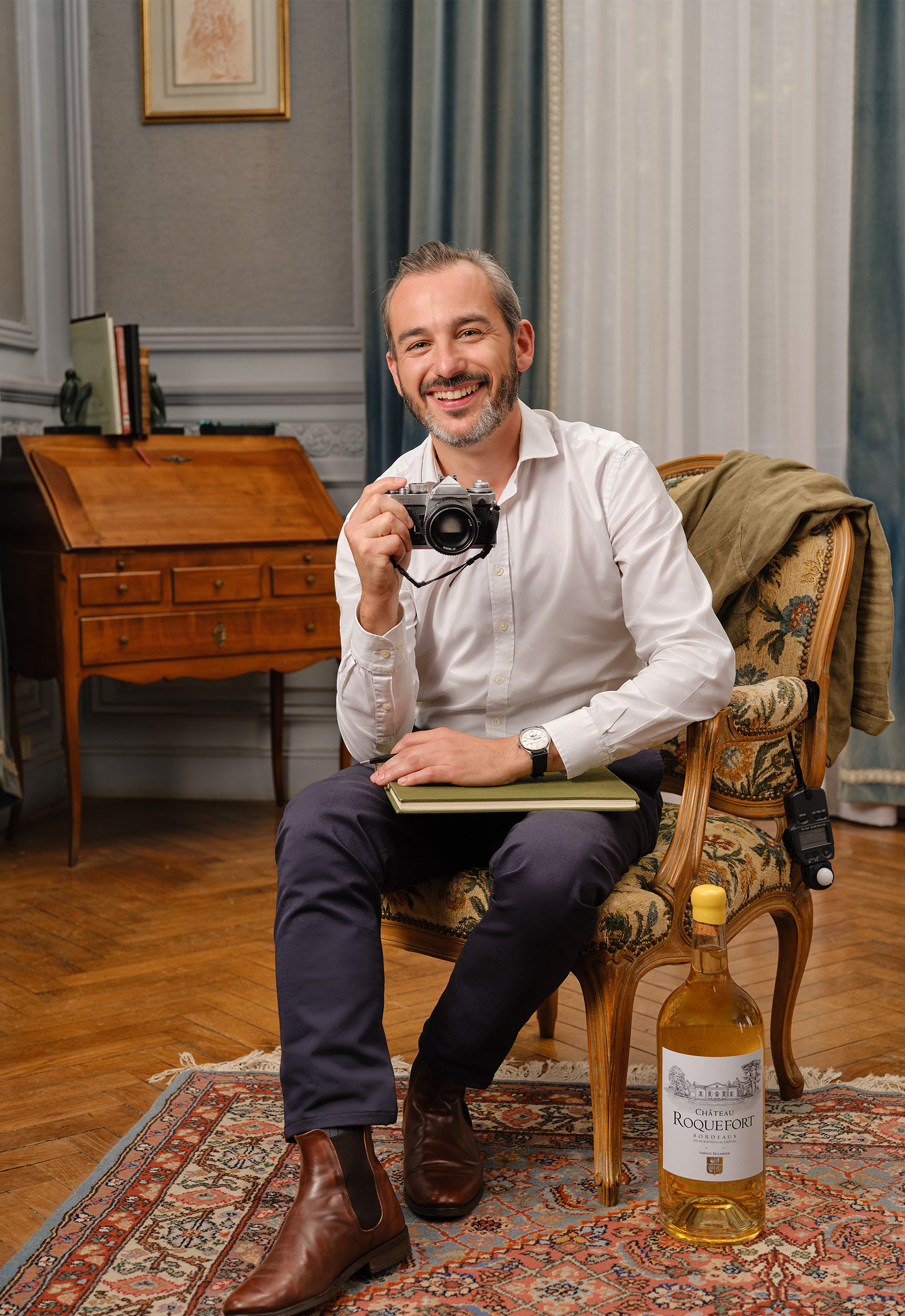
Camille Giai, 39 – Commercial Director, Château Roquefort
What do you think are some of the biggest strengths the Next Generation brings to the wine world?
I was recruited by the owners of the Château to bring a new perspective on how to create and market the wines of the property. We are proponents of a more modern style. Our ambition is to embody a new expression of Bordeaux — not in conflict with our history, but rather by offering an up-to-date version. For me, Bordeaux offers incredible terroir, leading technicians and facilities, know-how, a unique history, an extremely wide offering, and a leading ecosystem.
Tell us something wine drinkers would be surprised to learn about Bordeaux and the large-format wines you produce there.
I think wine consumers should take an interest in Bordeaux because this region offers incredible, often underestimated, pleasure-to-price ratios — The Wall Street Journal wine columnist Lettie Teague pointed this out earlier this year in her column. We were delighted to read that our classic white cuvée cited as one of her best values, a wine that really delivers pleasure. Our large bottles are an extremely limited series, exclusively produced for the American market to be served in New York restaurants “by the glass.”
Can you talk a little bit about sustainability in your winemaking practices?
Preserving the environment has always been at the heart of the concerns of the Bellanger family, the owners of Château Roquefort. The property is home to a Natura 2000 classified area and preserved plant and animal species. We have been HVE3 certified since 2017. In 2020, we began converting the entire property to organic farming.
How do you see the region of Bordeaux changing in the next decade?
Bordeaux has so many assets to be successful. I think that the next decade will be an opportunity for Bordeaux to become a leader in a number of subjects: CSR, technical innovation, winetech, wine tourism. I also think that new signatures will emerge. For me, Bordeaux must rely on its strengths and innovate on certain subjects to become more attractive for consumers again. Innovation will involve a greater diversity of grape varieties, new packaging formats, a reorganization of production and the emergence of new appellations that bring value.
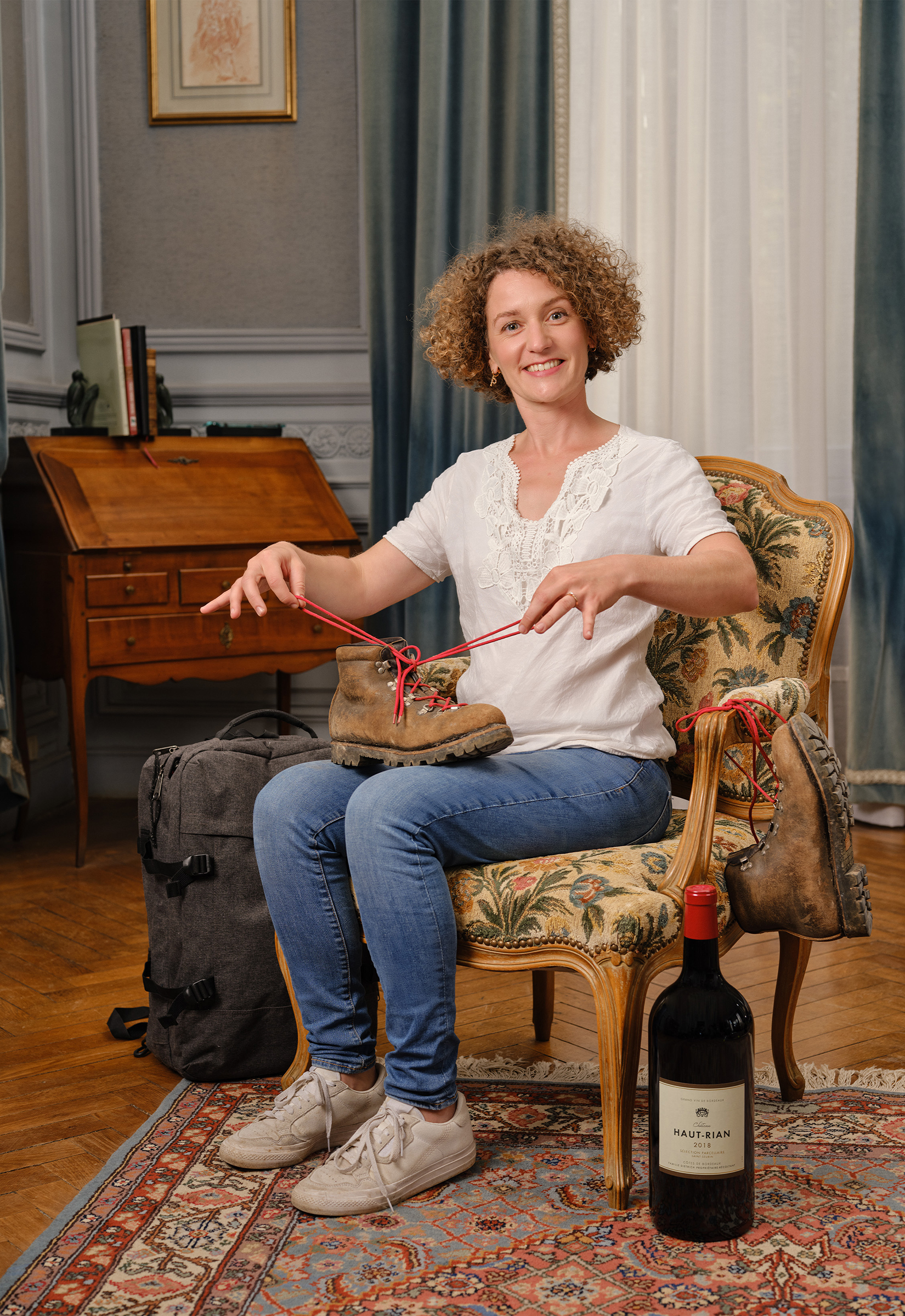
Pauline Lapierre, 32 – Owner and Winemaker, Château Haut-Rian
What do you think are some of the biggest strengths the Next Generation brings to the wine world?
I think the environment is in our DNA and is included in our approach. And most of us have varied backgrounds and lives which bring a less conventional approach to wine.
Tell us something wine drinkers would be surprised to learn about Bordeaux and the large-format wines you produce there.
You can find a wide variety of wines in big formats in Bordeaux! Not only reds to age in your cellar but dry whites, sweet whites, rosés and fruitful reds!
If you had only 30 seconds to sell your wine to someone who had never tried it before, how would you respond?
I would say “I am a wine that comes from a family-owned estate in the Cadillac Cotes de Bordeaux, which is a region of craft and secret wines. I am balanced — that is to say, rich but not overwhelming, fruitful but fresh, tannic but soft. Try me!”
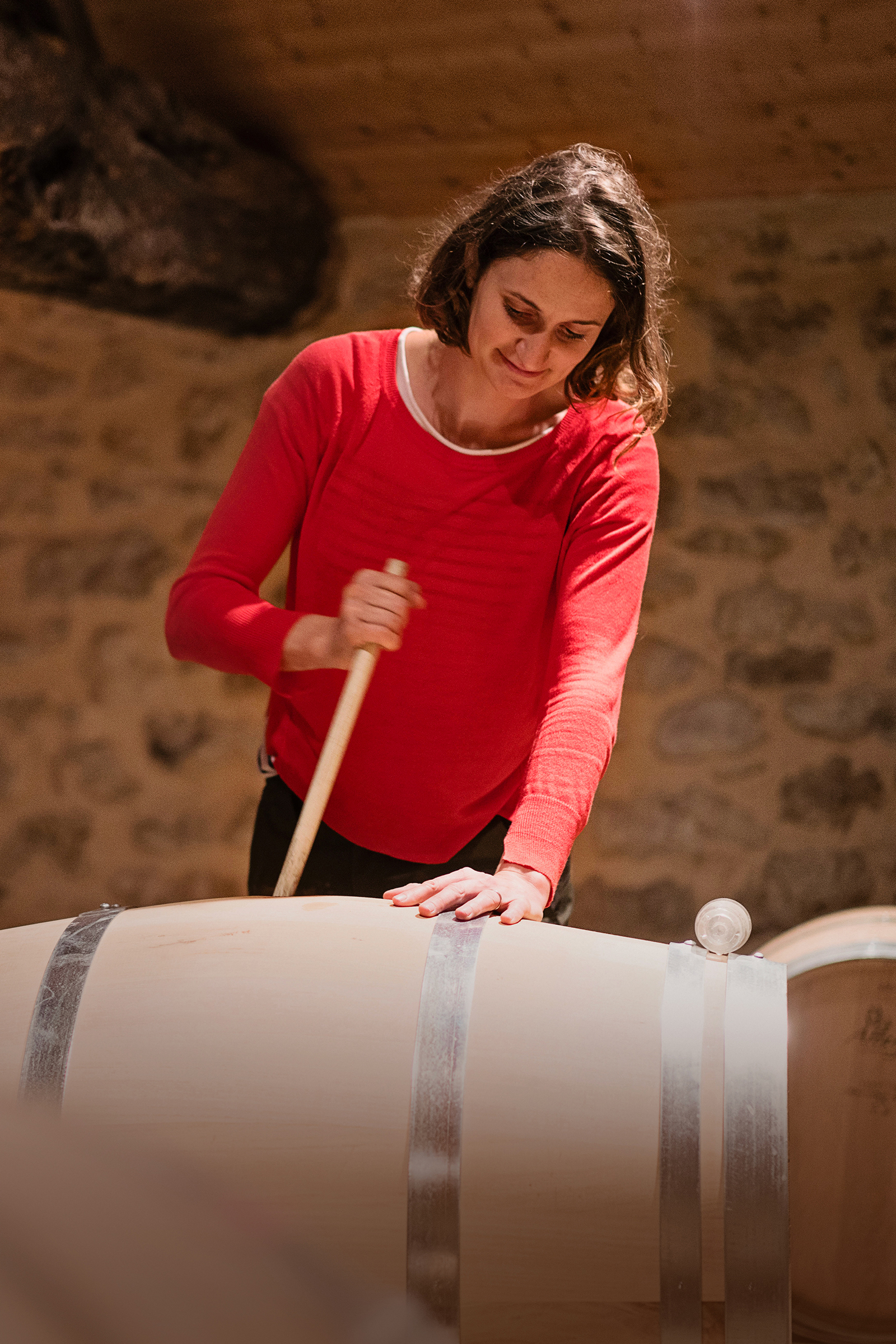
Pauline Dufour – Owner and Winemaker, Château Simon
Why did you decide to pursue a career in wine and how did you get your start in the industry?
A globetrotter with exuberance for new discoveries and a fascination for family history and vinification, I started my career working as an export sales manager for a large exporter of Bordeaux wine. After this super experience, I decided to take over and work with my sister in the family vineyard.
What’s your favorite part about being in the wine industry?
The sunrise in the vines during the springtime. Nature is slowly waking up and it is a beautiful moment, just us and nature. I love spending time tasting with my family, I like the debate and sharing our feelings! Finally, the best part is the smile of pleasure on a wine lover’s face tasting our product.
How do you see the region of Bordeaux changing in the next decade?
The Bordeaux region is a natural terroir with a lot of diversity in landscapes and agriculture. I think that Bordeaux will continue to diversify its agriculture, protect the environment and plant both new and old vine varieties. I think that Bordeaux will gather a lot of passionate, dynamic people and will be ready to face future challenges.
Tell us something wine drinkers would be surprised to learn about Bordeaux and the large-format wines you produce there.
Drinkers think that Sauternes have to be served only for dessert, when in fact it is a wine that it is perfect to drink as an aperitif, with spicy food (like Mexican food) or with strong cheeses or oysters! It is a wine of contrast, and drinkers are rediscovering this ancestral wine and really enjoying the diversity of the aromas and freshness at the same time. The large format is perfect for aging — when you open a bottle, you can keep the bottle open for more than a month!
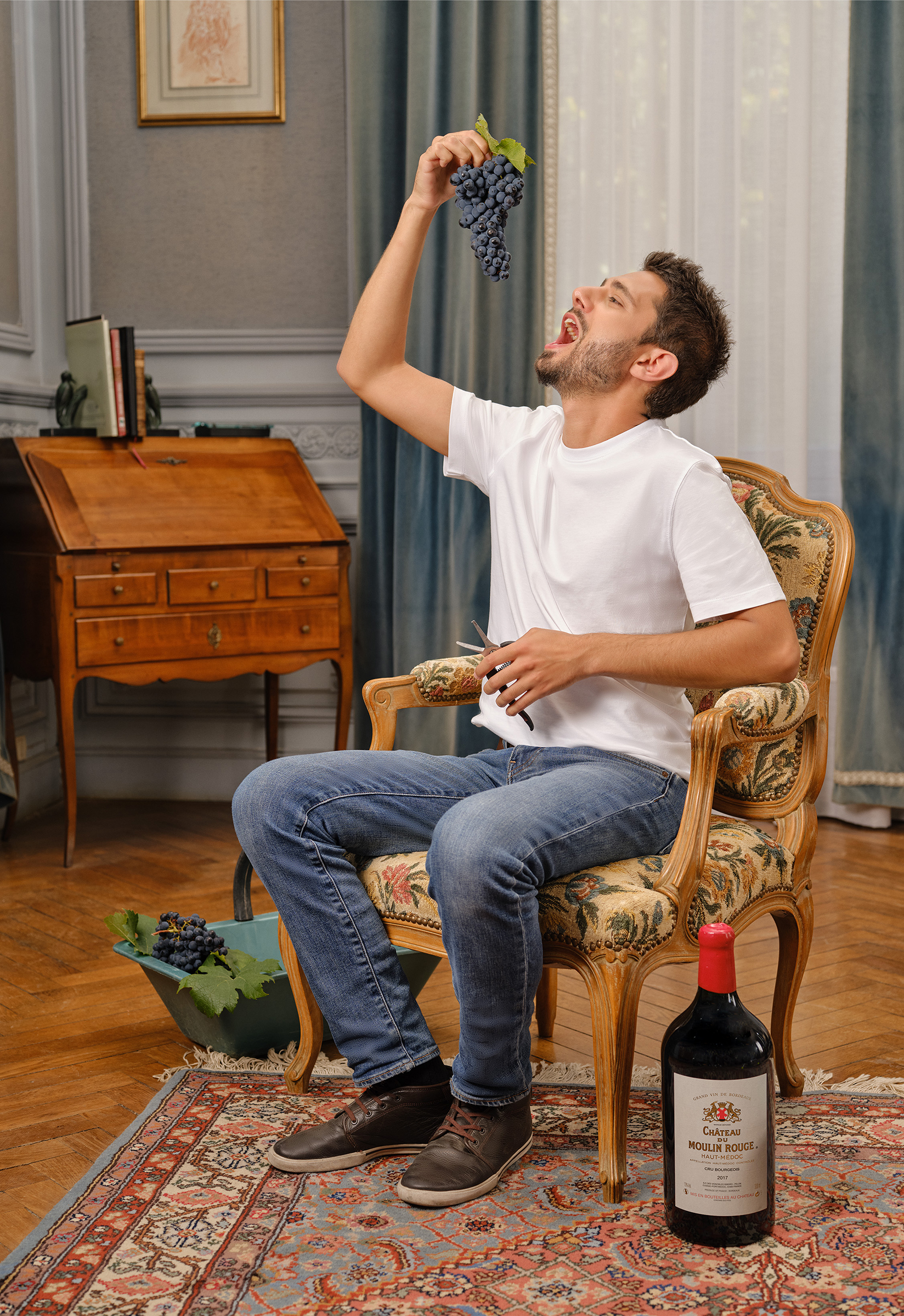
Geoffrey Ribeiro, 28 – Owner and Winemaker, Château du Moulin Rouge
They sometimes say “bigger is better” — how do you think that applies to the large-format wines you produce?
Large-format wines are better because the wine ages longer in big bottles and the flavors are better kept. Another thing is that when you open a big bottle and put it on the table, the effect on people watching is more impressive — a double magnum definitely catches more attention!
How do you see the region of Bordeaux changing in the next decade?
Bordeaux is now more and more able to receive tourism because of the multitude of activities you can do there. You can visit the city and its awesome architecture and also all the countryside where the vineyards are located. More wineries are open to let you discover all the winemaking processes and secrets before tasting. Don’t hesitate to come to discover the winemaker’s and vintner’s histories!
Furthermore, now wineries are more open to producing different types of wines. For example, I’m produce (with my family) a rosé with a modern packaging and also even a vegan wine! Let’s see what the next decade will inspire in us!
What are some of the challenges you see the region facing in the next few years?
I think global warming is probably the biggest challenge we face. Researchers from the Bordeaux region are trying to find out the best way to continue producing quality wines at higher temperatures. Some new grape varieties have been studied, and maybe the regulations will allow us to grow them in a few decades. Currently we’re working with traditional Petit Verdot, which is not new but has become trendy since it thrives at higher temperatures and likes more sunshine.
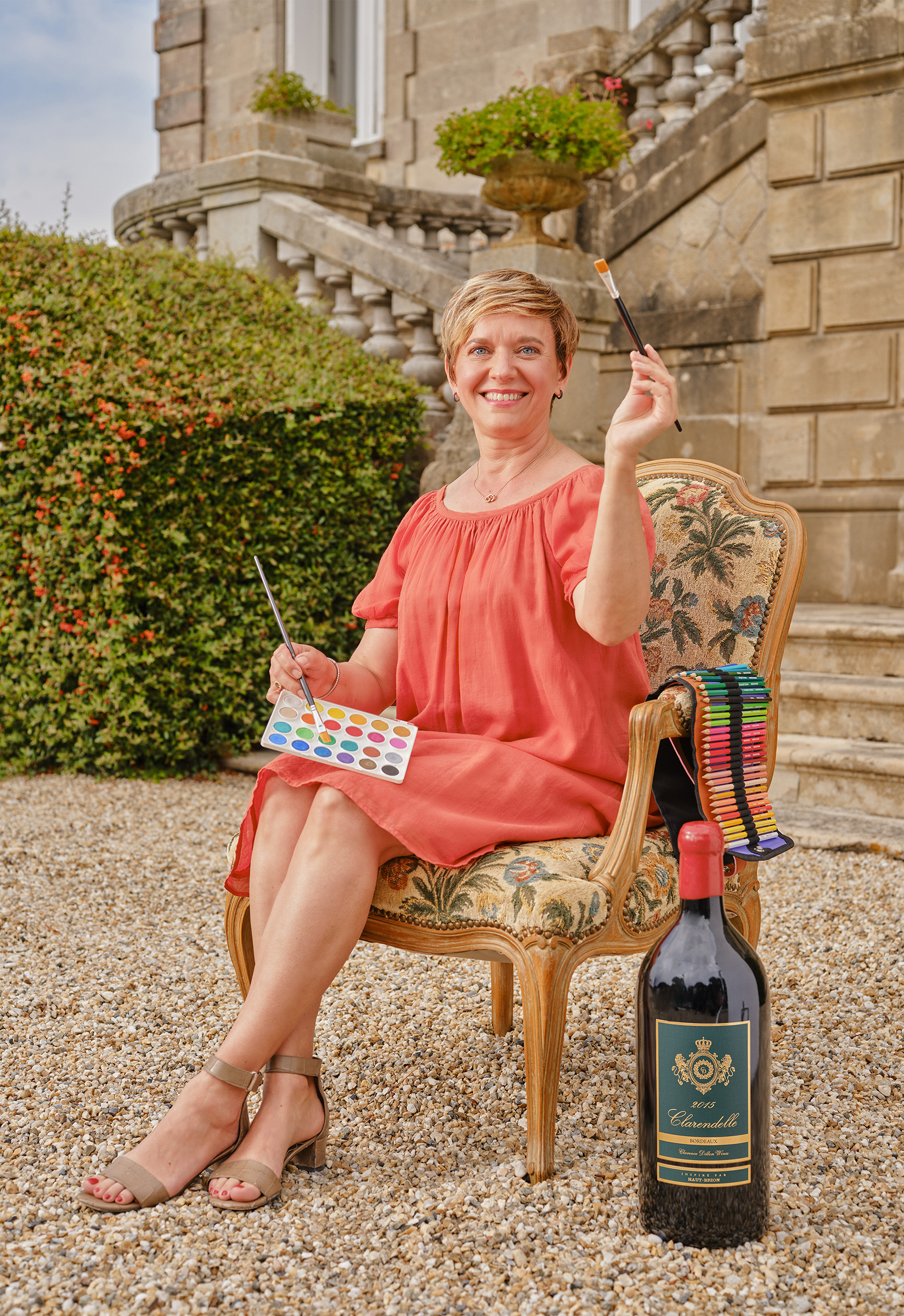
Erika Smatana, 30 – Export Manager, USA East Coast, Clarence Dillon Wines, Clarendelle
Tell us something wine drinkers would be surprised to learn about Bordeaux and the large-format wines you produce there.
There is a misconception that Bordeaux is expensive. There is actually an incredible value-for-quality ratio in Bordeaux, from family-run Chateau to Grand Cru Classe wines in a diversity of styles. Clarendelle is made by the same winemaking team as Château Haut-Brion, offering approachable, high-quality wine at an incredible value.
If you had only 30 seconds to sell your wine to someone who had never tried it before, how would you respond?
Domaine Clarence Dillon has been a family-owned company since 1935 with a proud American heritage. Mr. Clarence Dillon, a francophile American and one of New York’s major financiers, purchased Château Haut-Brion in 1935. His granddaughter, Princess Joan Dillon (who married Prince Charles of Luxembourg), managed the Château and also acquired Château La Mission Haut-Brion during her tenure. Since 2008, her son, Prince Robert of Luxembourg, has been President of Domaine Clarence Dillon. In 2005, his innovative spirit and respect for tradition prompted him to establish Clarence Dillon Wines, one of the most prestigious fine wine négociants in Bordeaux.
He subsequently created Clarendelle, Inspired by Haut-Brion, in honor of the 70th anniversary of his great-grandfather’s investment. Clarendelle showcases a range of Bordeaux Blanc, Rouge and Rosé from the best appellations including Medoc and Saint-Emilion. The wines were created specifically for the US market and are exclusively distributed by Clarence Dillon Wines. Balance, elegance and complexity define the key elements of the wines. Clarendelle wines are representative of true Bordeaux terroir, the art of blending, luxury, affordability and sustainable partnerships.
What’s a trend you’re excited about in wine, particularly in Bordeaux?
The return to traditional, handmade vineyard management and winemaking methods updated with state-of-the-art equipment that mimics its origins. Bordeaux is also much more sustainably minded than the majority of French wine regions, and this movement toward sustainable, organic, biodynamic farming creates better equilibrium in our region.
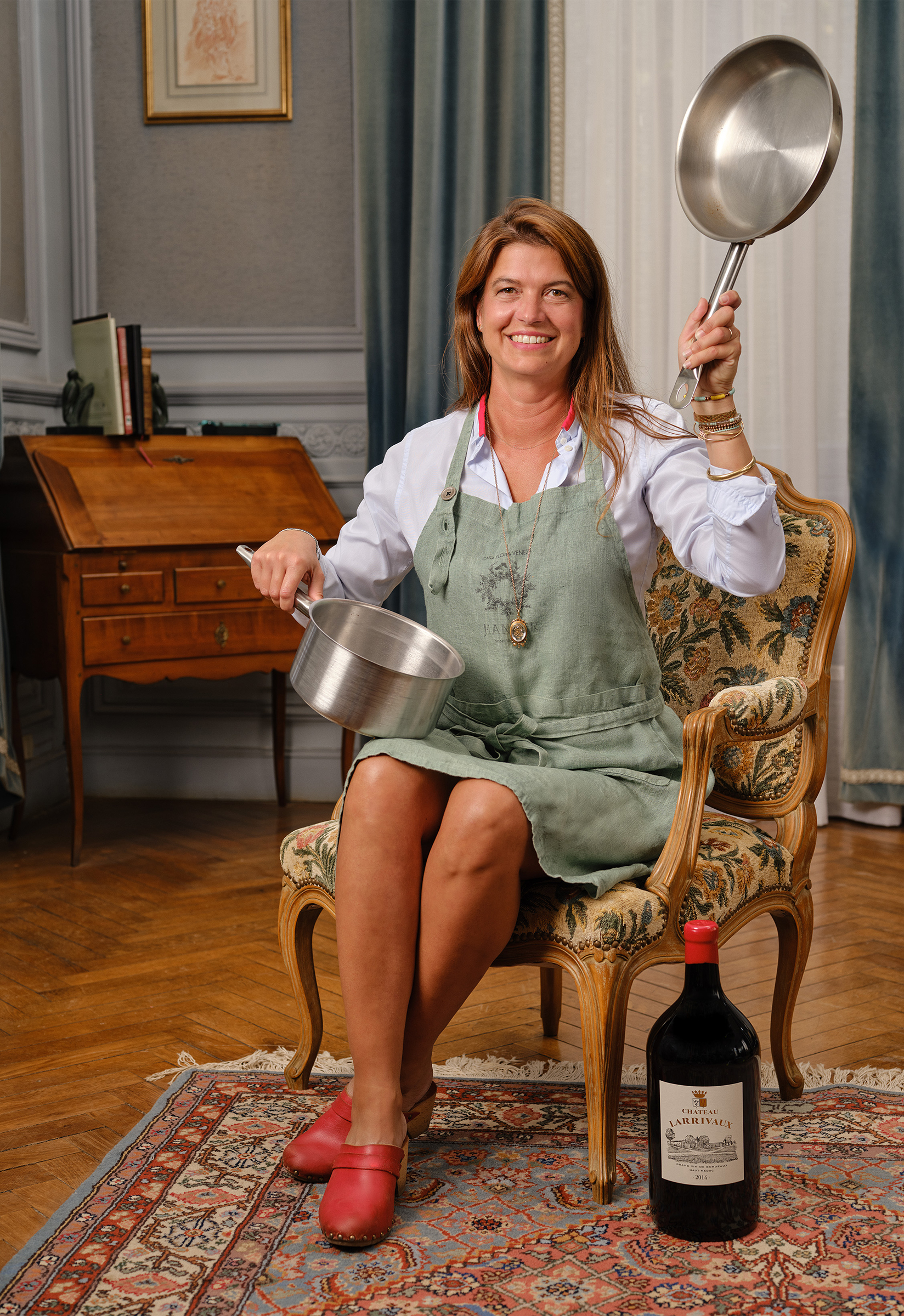
Bérangère Tesseron, 39 – Owner and Winemaker, Château Larrivaux
If you had only 30 seconds to sell your wine to someone who had never tried it before, how would you respond?
Château Larrivaux has belonged to my family since 1580 and has always been passed down by women since its creation. We are located in Cissac in the Haut Medoc appellation, very close to Saint Estephe. Larrivaux covers 80 hectares and 20 are dedicated to viticulture, the rest gives pride of place to nature.We produce elegant wines of great finesse that provide gourmet pleasure and tell a story. Our blended wines are mainly composed of Merlot. Pleasant to drink at a young age, they also have a great aging capacity. Larrivaux is a pleasant wine that will delight all palates.
They sometimes say “bigger is better” — how do you think that applies to the large-format wines you produce?
The larger the container, the slower the aging process. And as Churchill once said, “A magnum is a perfect size for two gentlemen … especially if one of them isn’t drinking.” So imagine a double magnum!
What are some of your favorite food & Bordeaux wine pairings?
This is a very difficult question. For me, Bordeaux goes with everything because of its diversity. There are wines leaning toward fresh fruit, others which are more structured and tannic, some woody, others not. Some wines can be drunk young while others have to wait several years. That’s why you can always find a Bordeaux that will go well with any food!
Can you talk a little bit about sustainability in your winemaking practices?
We have been HVE3 certified since 2019 but this is not an end in itself! At Larrivaux we are always looking to push our limits. We don’t use herbicides, insecticides, or anti-rot. We treat as little as possible, always below the recommended dose. We are fortunate to be helped by many bats who have lived for years in the quarries of the property and hunt pests. Larrivaux covers 80 hectares but only 20 are dedicated to viticulture — the rest are woods, meadows, forests and fields, which means that biodiversity is very present in Larrivaux! We also have nine beehives that work wonderfully!
Guillaume Gonfrier, 28 – Sales Manager, Propriété
Why did you decide to pursue a career in wine and how did you get your start in the industry?
I started working in the vineyard at a young age, but I really decided to pursue this career while I was doing an internship in New York, where I realized the uniqueness of wine and its power to bring people together.
What do you think are some of the biggest strengths the Next Generation brings to the wine world?
A greater attention to tradition. I think that now, more than ever, wine must reveal the expression of the terroir. For this new generation, the IT tools, numeric cartography, etc have a larger role in our daily work.
What are some of your favorite food & Bordeaux wine pairings?
Une daube de bœuf (beef stew) paired with a Bordeaux red.
What are some of the challenges you see the region facing in the next few years?
We must strive to keep a strong and charismatic identity for our wines.
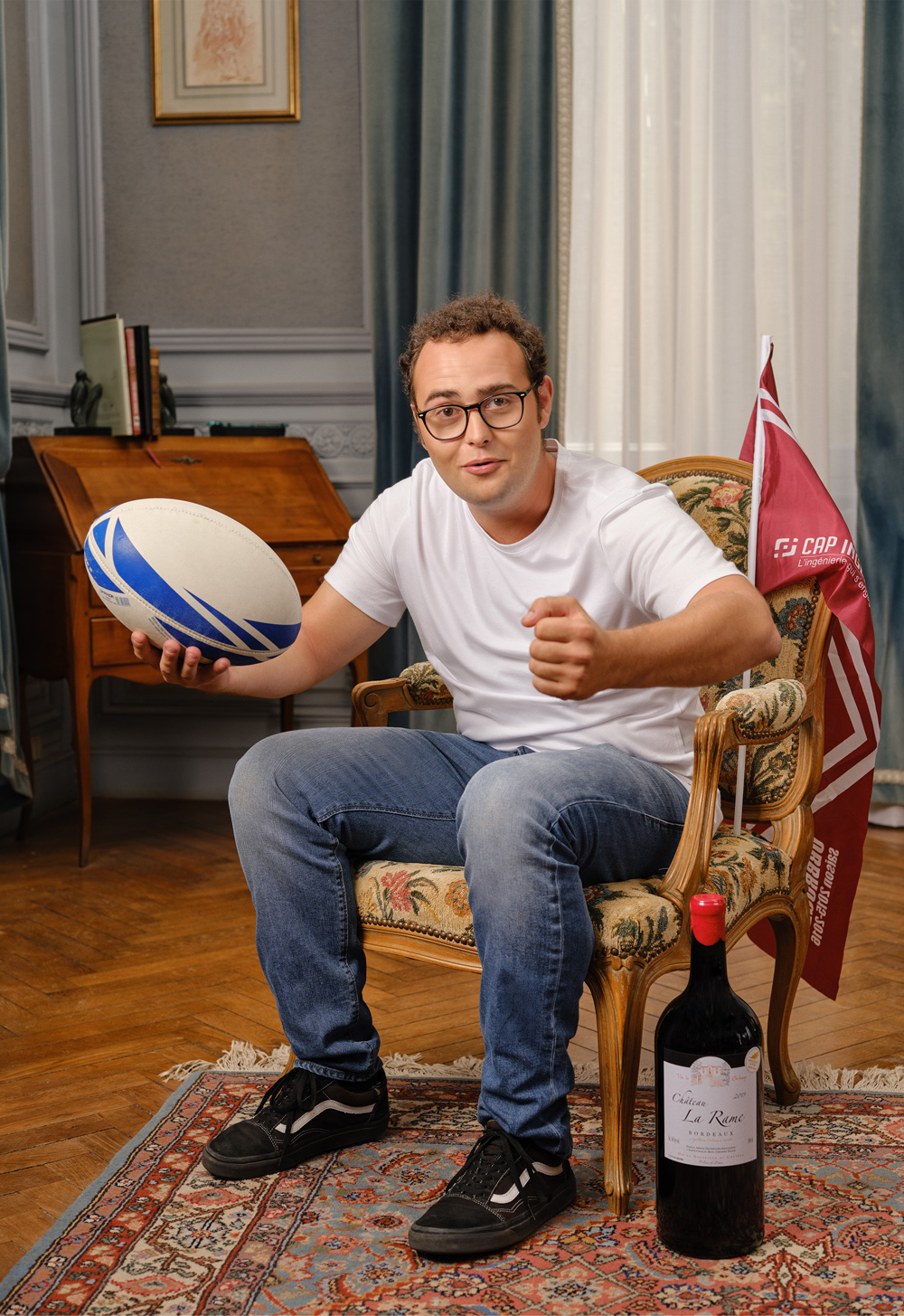
Augustin Allo-Armand, 23 – Winemaker, Château La Rame
What do you think are some of the biggest strengths the Next Generation brings to the wine world?
Each generation adds its stone to the pile. Our generation, the millennials, is ultra-connected. We have grown up in the age of the internet and social media. Lifestyle and connection are so important, as reflected in our communication. For example, we are working on a project to breathe new life into our packaging by creating more stylized and informative labels for our wine.
Tell us something wine drinkers would be surprised to learn about Bordeaux.
We hope to surprise consumers by demonstrating that we know how to make great local wines at affordable prices in Bordeaux without being Crus Classés. We also package in large formats for festive moments and sharing.
As they say…bigger is better! How do you think that applies to the large format wines you produce?
First created to improve the conservation and storage of wine, bigger bottles allow wine to age better with minimal oxidation. More than that, big bottles bring a fun, festive side appreciated by all. They are synonymous with good times with friends.
If you had only 30 seconds to sell your wine to someone who had never tried it before, how would you respond?
I would say that we stay true to our motto, “Quality above all.” Unlike others, the artisanal wines of Château La Rame have a signature style that people respond to. Our wines tell the story of the meeting of terroir and the passion of a family of independent winemakers, generations strong. Our signature: fresh fruit, minerality, balance, and harmony.
What’s a trend you’re excited about in wine, particularly in Bordeaux?
We can see a democratization of wine in Bordeaux as professionals and consumers are becoming more aware of the hidden secrets of the region: wines with great style as well as great value outside of the Crus Classés.
Every Thursday, our resident experts see to it that you’re up to date on the latest from the world of drinks. Trend reports, bottle reviews, cocktail recipes and more. Sign up for THE SPILL now.
